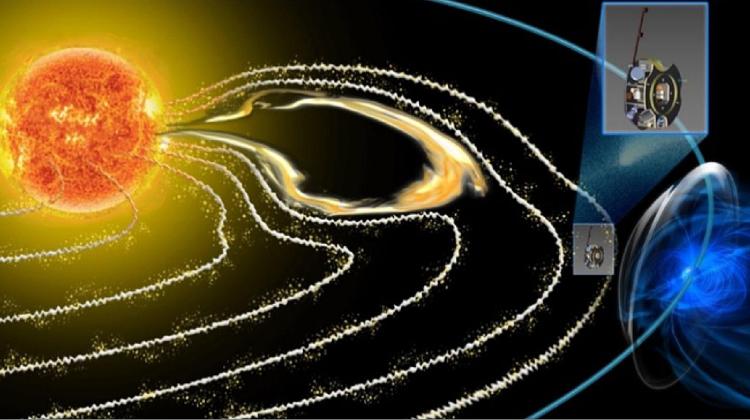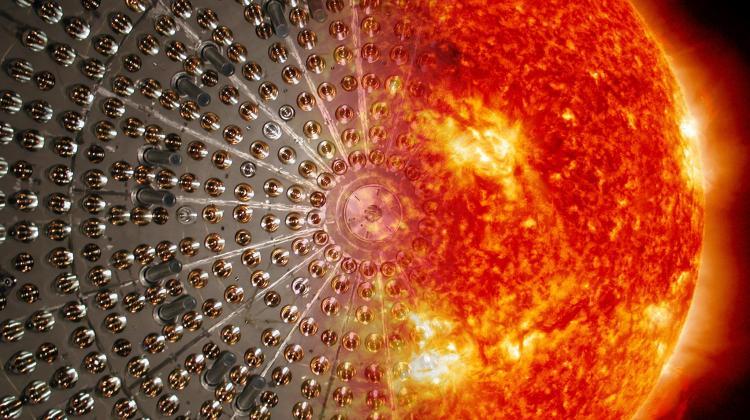Sunscreen creams don’t work, says surprising new study
 Credit: Adobe Stock
Credit: Adobe Stock
Experts from the Medical University of Silesia in Katowice have found that sunbathing creams do not provide protection against infrared radiation.
To verify the effectiveness of the cosmetics, the scientists developed quantitative methods for determining the impact of radiation on the skin. To this end, they used the experience of the aerospace industry. For satellites and aircrafts, it is crucial to determine how intensively their shells absorb heat. If they absorb it too intensely, they could uncontrollably heat up.
The Medical University of Silesia study involved 38 women aged 19-23 who tested 18 different preparations. Due to the fact that the skin of men and women has different morphological parameters, including the thickness of the stratum corneum, a research group consisting of women only was proposed. The tested cosmetics were applied to the forearm of all volunteers in the amount of 2 mg/cm2. This amount is consistent with the standards that define how sunscreen cosmetics should be tested. Each of the tested preparations differed in colour: from white to pale yellow, consistency: from very liquid to thick, and in smell.
It turned out that despite the manufacturer's claim, none of the 18 tested cosmetics with SPF 6 to 50+ protected against infrared radiation even to a minimal degree. All cosmetics turned out to be ineffective.
When asked whether protection against infrared radiation was therefore impossible, Dr. Sławomir Wilczyński replies: 'It is certainly very difficult. But we have already taken two steps towards solving this problem.
'Most importantly, we have developed an effective method of in vivo assessment on the effectiveness of infrared sunscreens, with the participation of volunteers. Secondly, as part of the implementation doctorate pursued in our unit, we are looking for - with first successes - compounds that protect the skin against infrared radiation.’
The research will be facilitated by an emissometer, which will enable the analysis of the interaction of infrared radiation with the skin in an even wider range than on the previously equipment. It will also allow scientists to determine how the skin absorbs infrared radiation if the temperature outside changes during the day.
'I am convinced that thanks to our research, sun protection of our skin will soon be even more effective and we will be able to protect ourselves not only against ultraviolet radiation, but also against infrared radiation,’ says Dr. Wilczyński.
Infrared radiation carries much less energy than ultraviolet radiation, but it also contributes to the generation of harmful, carcinogenic free radicals, and - depending on the dose - inhibits the production of type 1 procollagen and fibronectin as well as VCAM-1 protein. This contributes to the accelerated aging of the skin.
'Infrared radiation emitted by the Sun is strongly absorbed by the water in the skin and thus contributes to an increase in skin temperature. An increase in skin temperature above 39 degrees Celsius causes increased production of reactive oxygen species and induces metalloproteinases, enzymes that play an important role in regulation of cancer cell biology,’ says Dr. Wilczyński.
Another effect of this are changes in the structure of collagen (the most important protein of the skin) and accelerated skin ageing. In addition, infrared radiation causes dilation of blood vessels, which promotes the formation of skin erythema and is considered to be the main factor causing the severity of rosacea lesions.
The researchers involved in the study also included Professor Barbara Błońska-Fajfrowska and Dr. Anna Banyś from the Department of Basic Biomedical Sciences and Dr. Anna Deda from the Department of Cosmetology, Faculty of Pharmaceutical Sciences of the Medical University of Silesia in Sosnowiec. (PAP)
Julia Szymańska
jms/ mir/ kap/
tr. RL
Przed dodaniem komentarza prosimy o zapoznanie z Regulaminem forum serwisu Nauka w Polsce.


















